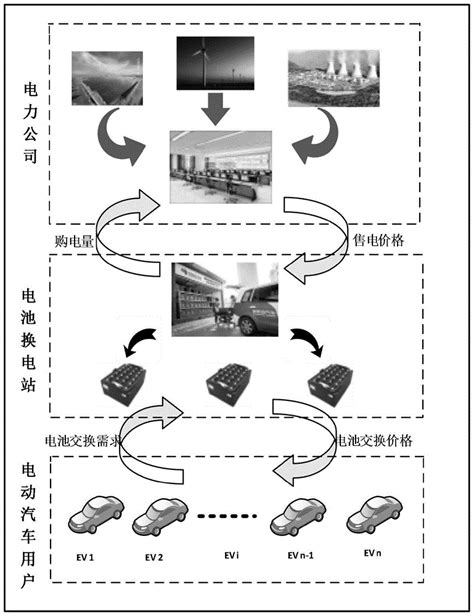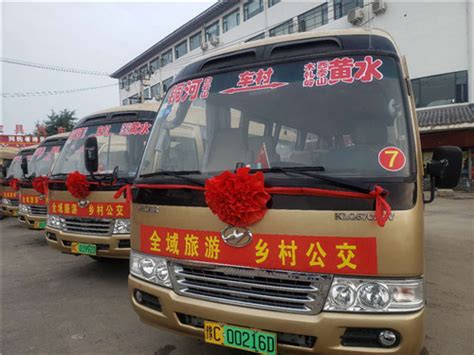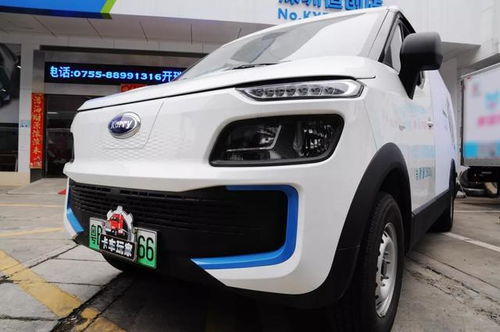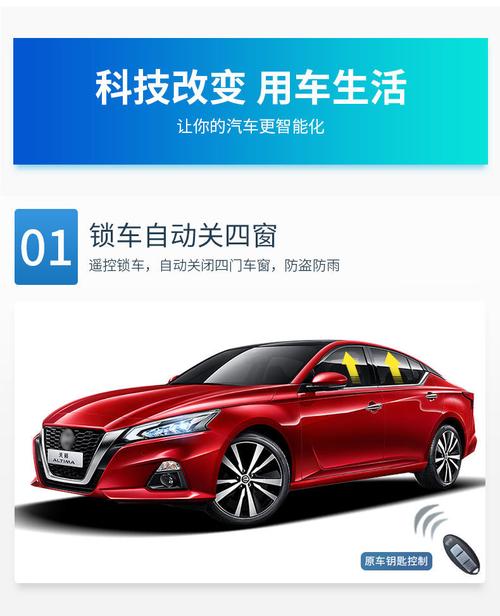汽车调度的工作方式
Title: How to Coordinate Automobile Dispatching Effectively in English
Introduction:
Coordinating automobile dispatching efficiently is crucial in the transportation industry. This process involves managing the allocation of vehicles to fulfill customer requirements while optimizing fuel consumption, minimizing downtime, and ensuring timely deliveries. In this article, we will discuss the key aspects and important phrases related to automobile dispatching in English.
1. Understanding Dispatching Procedures:
Dispatching procedures involve several steps for smooth coordination. Key aspects include:
a. Receiving Orders: Dispatchers receive orders from customers or internal departments. They gather essential details such as pickup and delivery locations, preferred time windows, cargo specifics, and any special requirements.
b. Vehicle Selection: Based on the order details, dispatchers select appropriate vehicles that match the cargo size, weight, and any special equipment needs. They consider factors like fuel efficiency and availability.
c. Route Planning: Dispatchers plan the optimal route for each vehicle, taking into account factors such as traffic conditions, distance, and fuel consumption. Digital mapping tools like GPS and traffic updates are useful in this process.
d. Communication with Drivers: Dispatchers communicate with drivers to provide them with necessary information such as pickup and delivery addresses, contact details of customers, special instructions, and any route changes. English phrases like "Please head towards..." and "There has been a change in the route" are commonly used.
2. Handling Emergency Situations:
In case of emergencies or unexpected events, dispatchers need to respond promptly and efficiently. Key steps include:
a. Communication: Dispatchers communicate with drivers to inform them about any sudden changes or emergencies, such as accidents, road closures, or mechanical failures. English phrases such as "There has been an accident ahead, please find an alternative route" or "Your vehicle has experienced a mechanical failure, please pull over safely" are essential.
b. Delegating Backup Vehicles: Dispatchers should have backup vehicles and drivers available to handle emergency situations. They coordinate with backup drivers and ensure a smooth transition of the order.

3. Customer Service and Satisfaction:
Dispatchers play a vital role in ensuring customer satisfaction. Key factors include:
a. Timely Updates: Dispatchers keep customers informed about any delays, changes, or estimated arrival times. Phrases like "There has been a slight delay due to traffic, we apologize for the inconvenience" or "Your delivery is estimated to arrive at..." are commonly used.
b. Problem Resolution: In the event of issues or complaints from customers, dispatchers should actively listen, empathize, and propose solutions. They should collaborate with other departments to resolve any problems promptly.
c. RecordKeeping: Dispatchers maintain logs and records of each dispatch, including vehicle details, driver assignments, route information, and customer feedback. This information helps in analyzing trends, improving processes, and ensuring accountability.
Conclusion:
Efficient automobile dispatching requires a comprehensive understanding of procedures, effective communication skills, and adaptability in handling emergencies. By following the key aspects discussed in this article and using appropriate English phrases, dispatchers can successfully coordinate the dispatch of vehicles and enhance customer satisfaction in the transportation industry.
版权声明
本文仅代表作者观点,不代表百度立场。
本文系作者授权百度百家发表,未经许可,不得转载。












评论